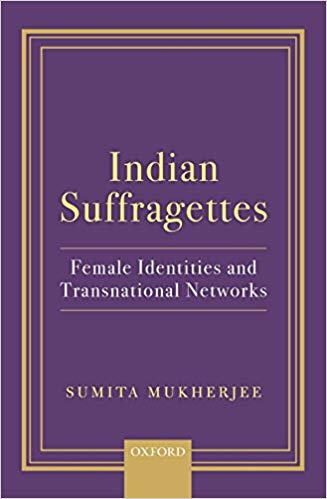The suffrage movement marks a watershed in the history of women’s movements and continues to inspire feminist contestations across the world. However, all forms of delineations and depictions on the suffrage movement, whether in academia or popular culture, exclusively focus on the role and struggles of the women in the West. In her extensively researched work, Indian Suffragettes: Female Identities and Transnational Networks, Sumita Mukherjee emphasizes the need to look at the suffrage issue as a global one and focuses on the seminal role played by the Indian suffragettes. The book highlights not only the suffrage campaigns that took place in India but also brings forth the engagements of the Indian suffragettes with global feminist networks. This is immensely pertinent in the context of the growing visibility of transnational networks in the international arena. There has been a surge of literature in the last few decades that examines the transformative potential of transnational networks (Clark et al. 1998, Keck and Sikkink 1999, Karen and Murphy 2000). It is fascinating, therefore, that the book brings forth historical details on transnational coalitions formed by female suffragettes during the colonial era that opens up critical inquiries into notions on citizenship, class, race and gender.
While the book is placed in the time period between 1910 and 1950 and its focus is the campaigns of Indian suffragettes, it has significant relevance in the current socio-political context in India. Women’s movement in India today is striving to stimulate transformative feminist politics in the face of divergent ideological and theoretical positions within the movement. The imagination of a feminist citizenship by Indian suffragettes that the book has been able to bring forth could be truly inspiring for the current movement. The book is divided into five chapters that locate Indian suffragettes in different spatial realities—as imperial subjects negotiating their ‘regional’ identities; as ‘citizens of the empire’ positioning themselves within the ‘Commonwealth’ forging new forms of solidarity; engaging with international feminist movements, organizations, conferences and networks while recognizing the burning need to be free and equal citizens in a deeply unequal international order; developing ‘Asian sisterhood’ networks building on a pan-Asian identity; locating themselves within the Indian national movement while rejecting British feminist interventions and involvements. The epilogue looks briefly at the Indian women’s movement after 1947 emphasizing particularly on the issue of women’s political representation.

